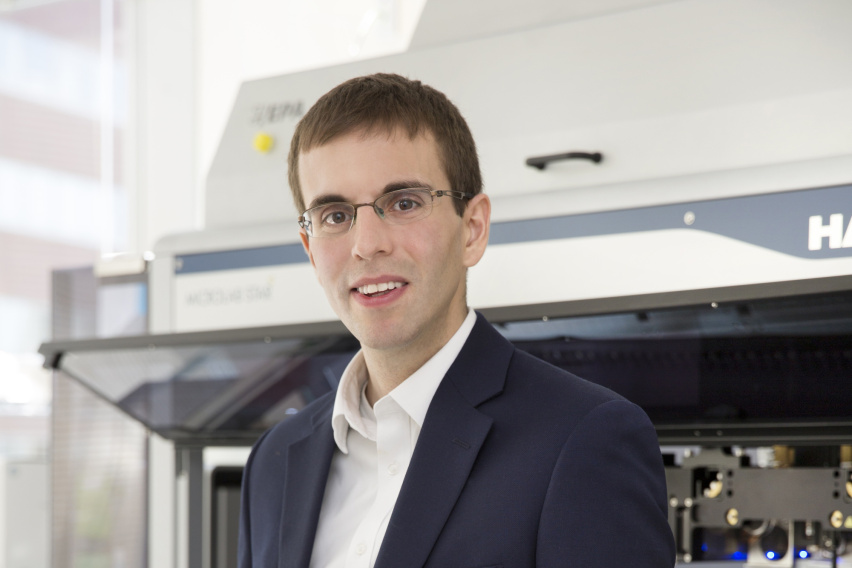MIT News
July 25, 2023
Nicole Henning was awarded a 2023 MIT Excellence Award for her role in developing ultrasound-guided injection, a technique that can be harnessed to initiate disease for modeling purposes or administer drugs into deep tissues. Previously, delivering these to such hard-to-reach tissues inside the body required invasive surgeries that may affect the results of drug screenings or studies of disease processes. The key advancement of USGI is that it is a minimally invasive technique, combining ultrasound imaging to view the inside of the body to make precisely targeted injections into tissues, for instance into the lungs, liver, or pancreas.
